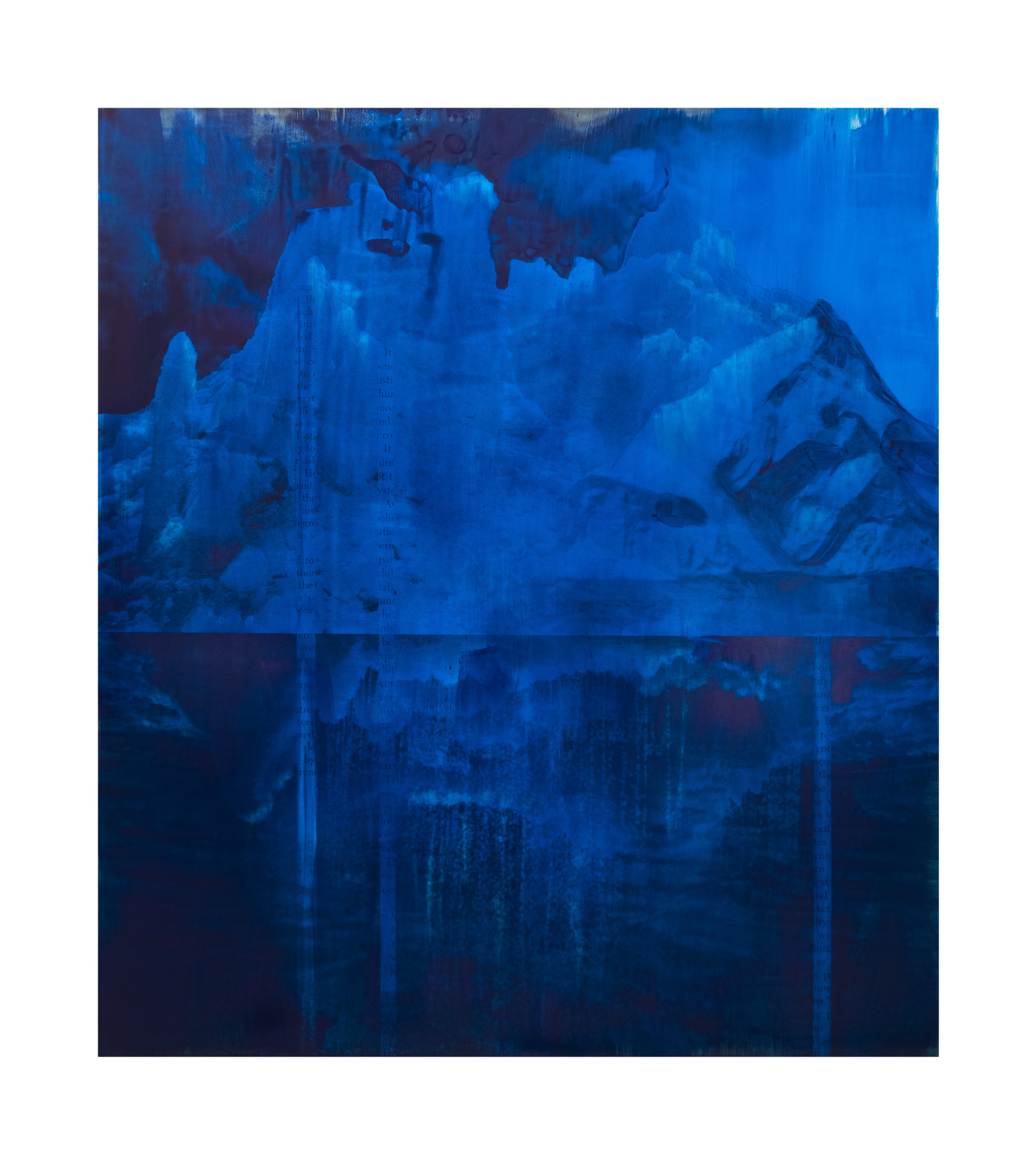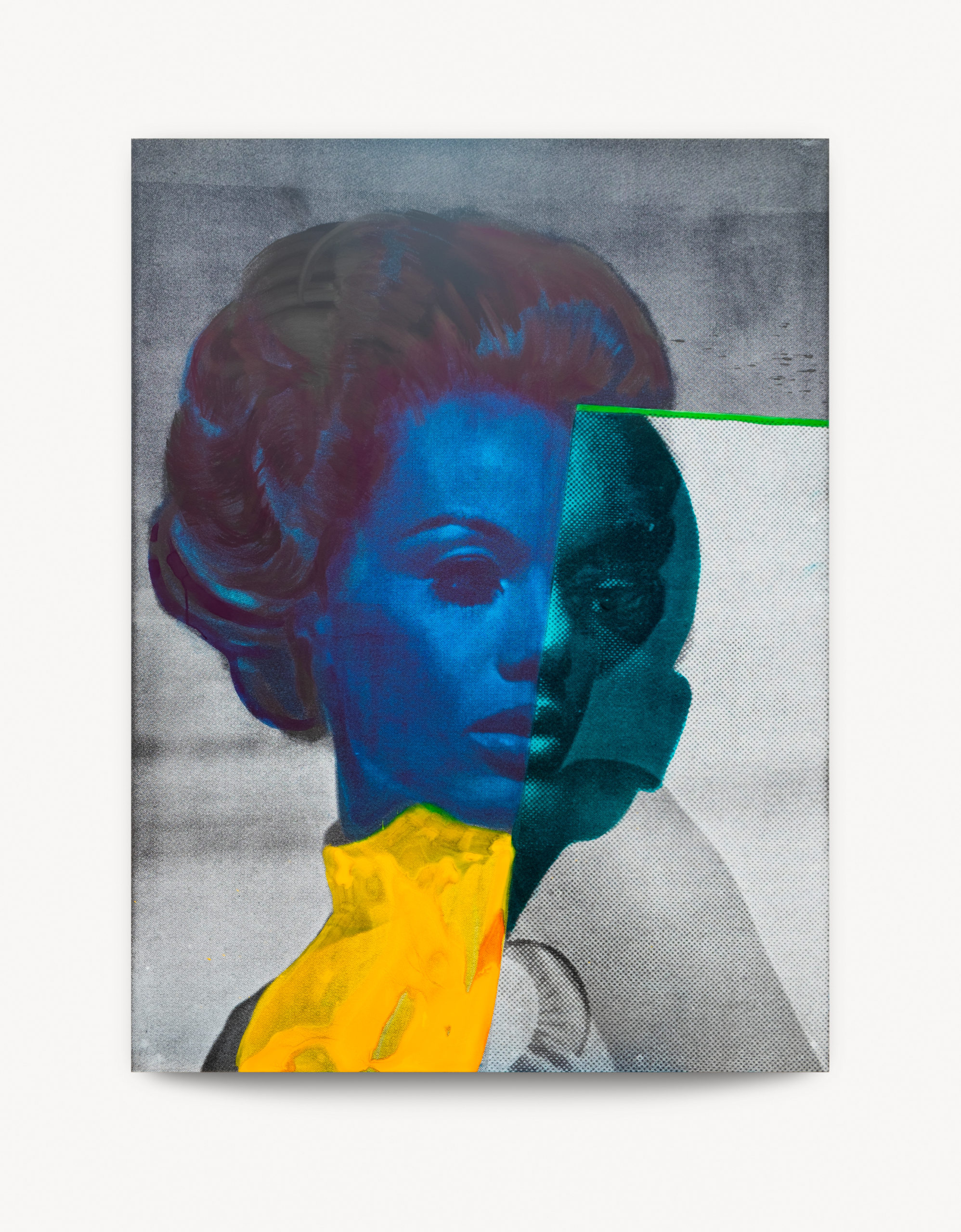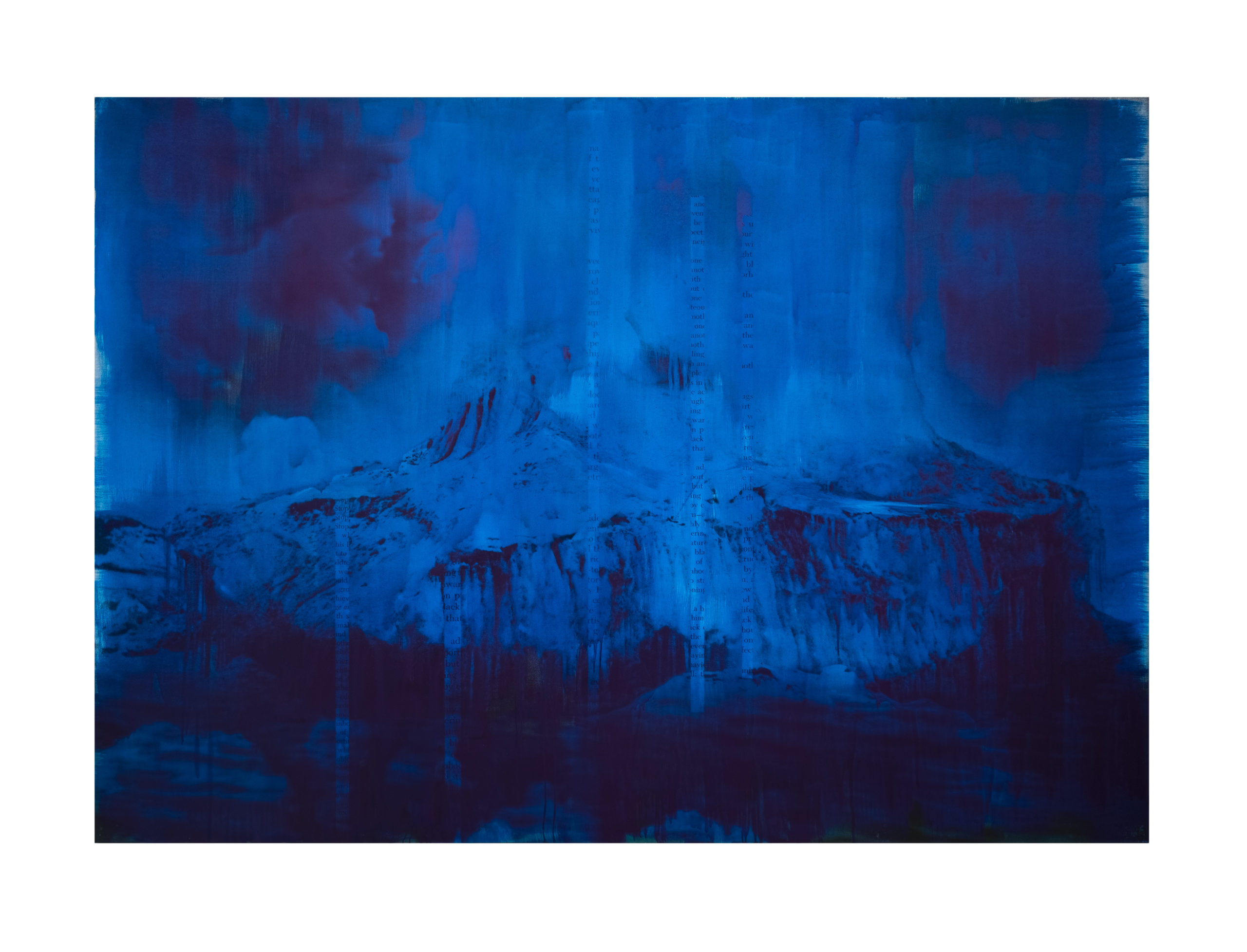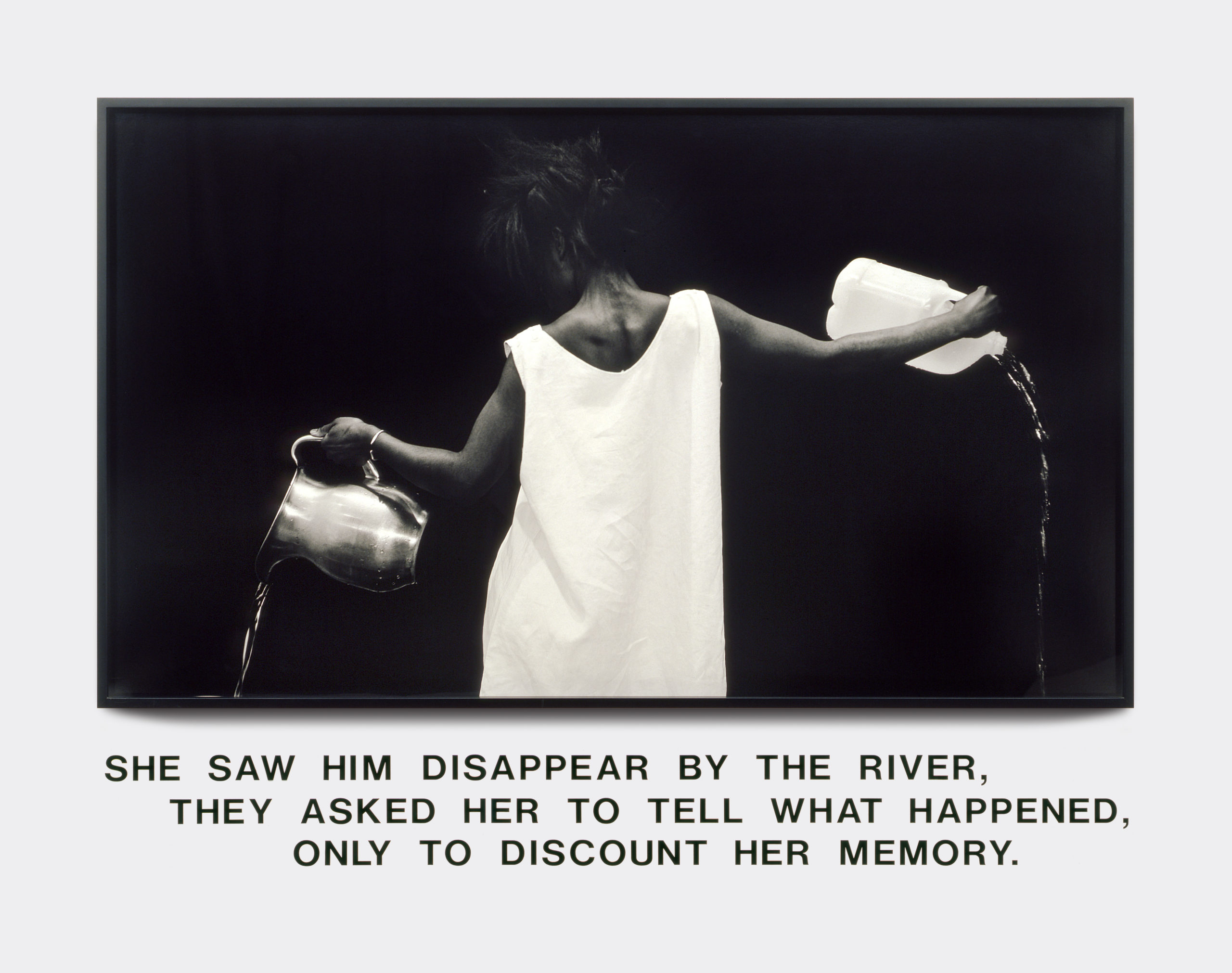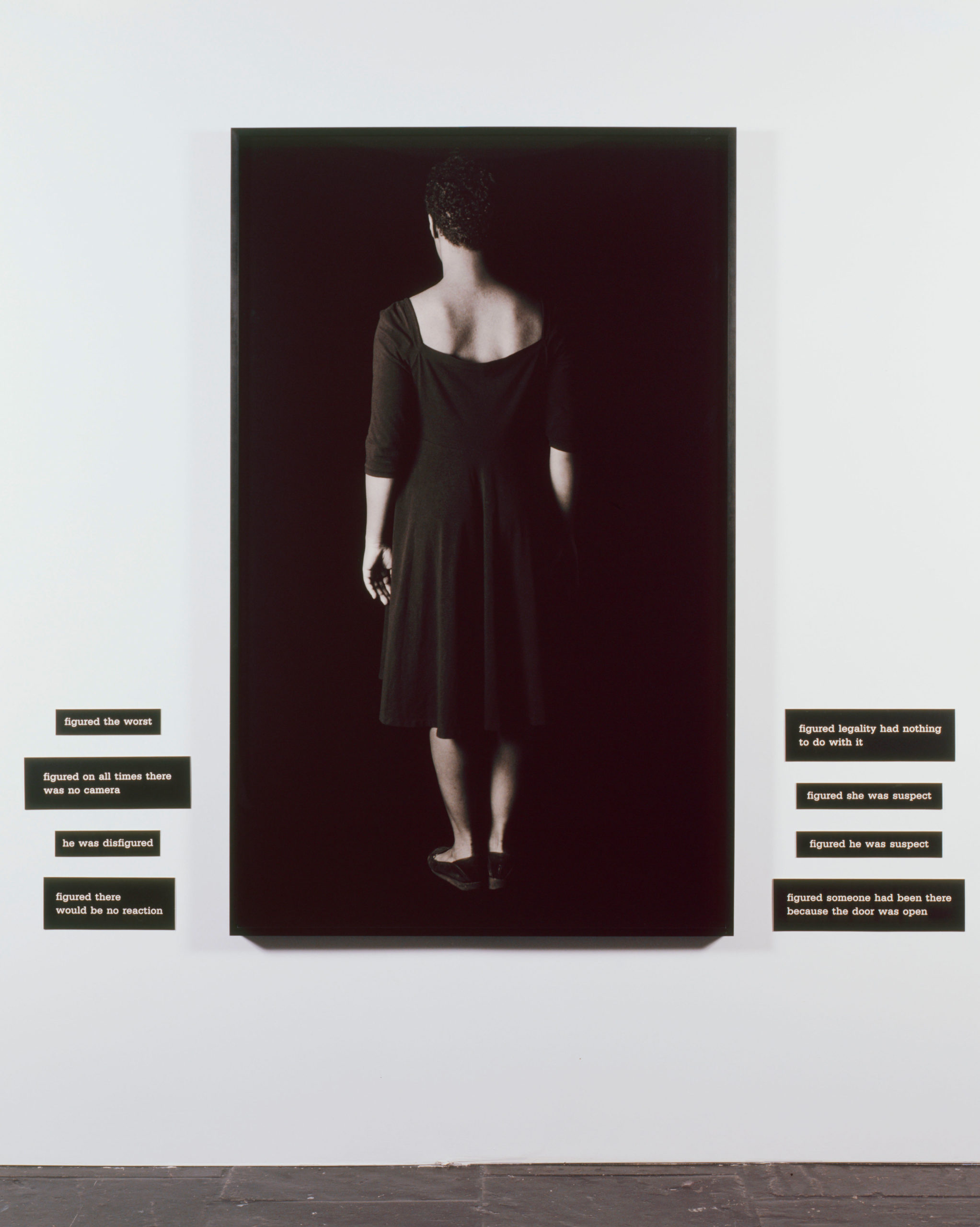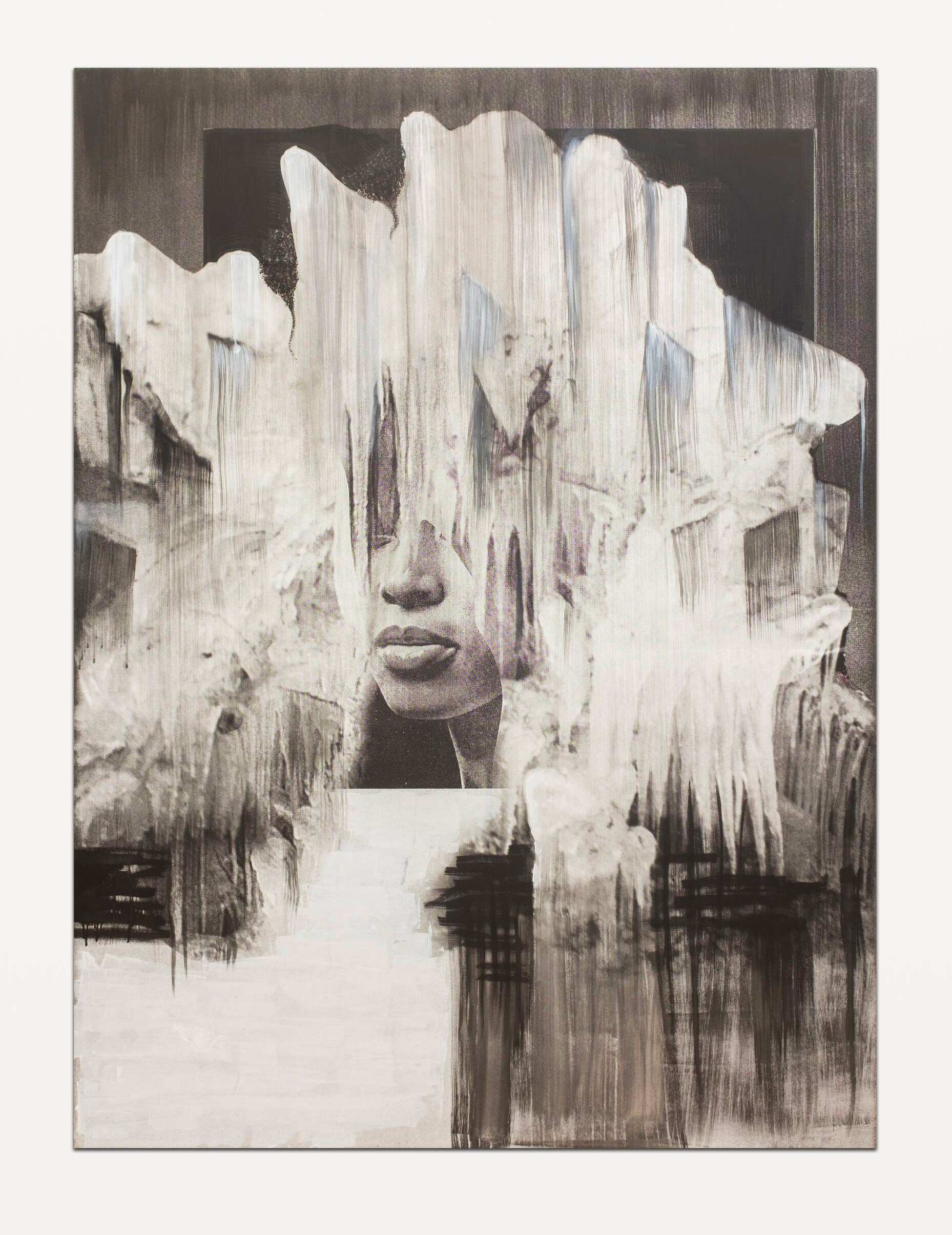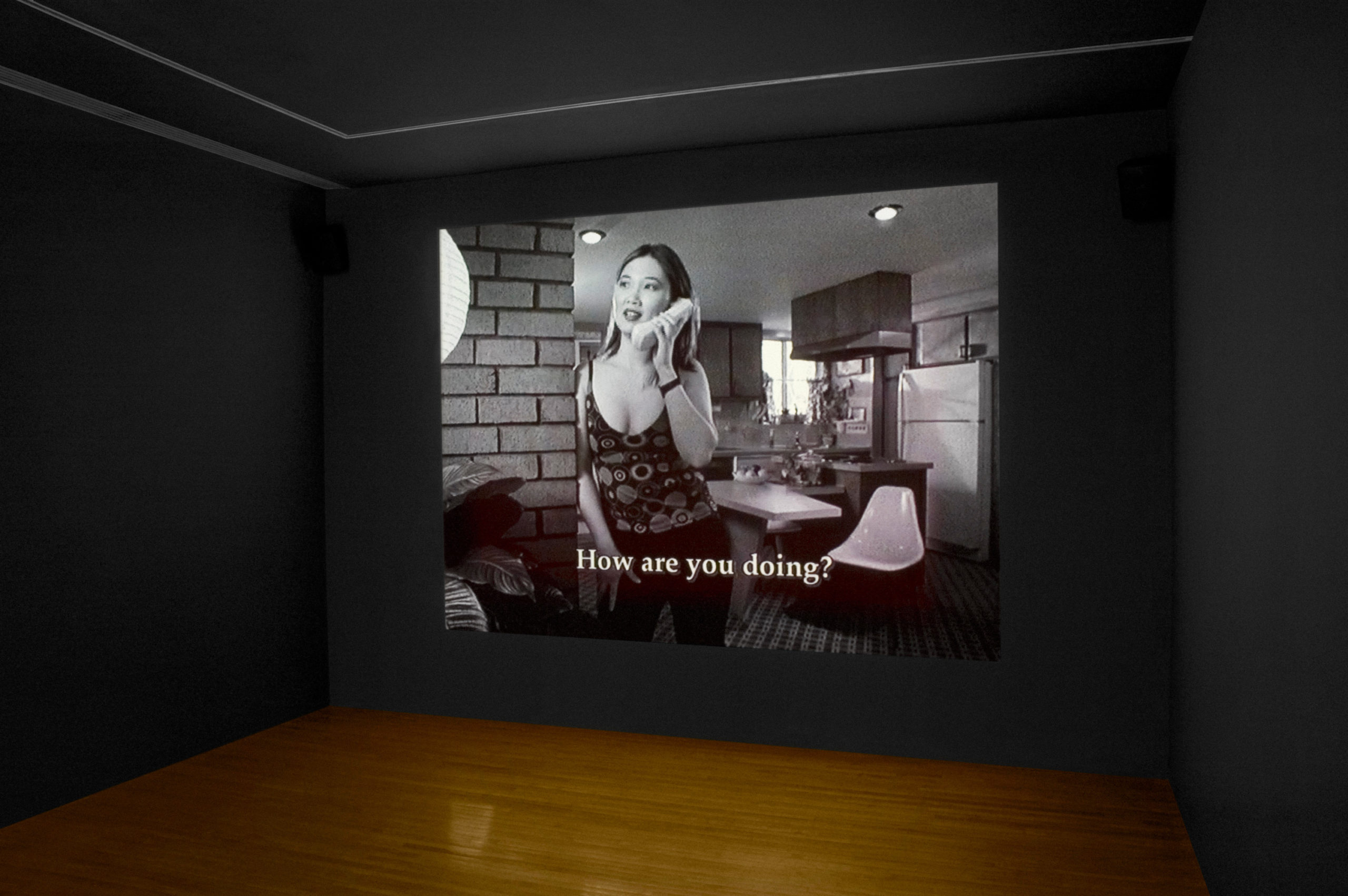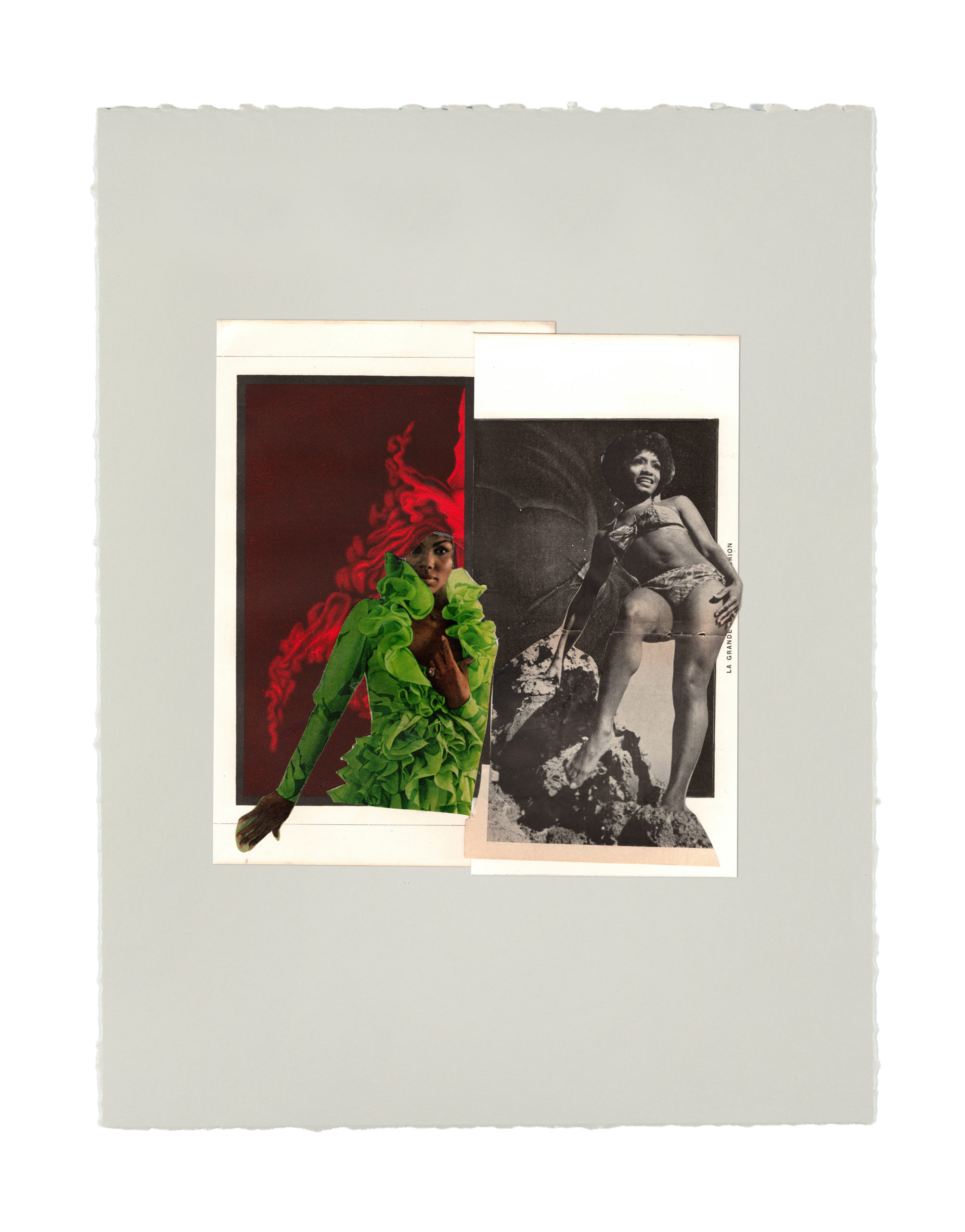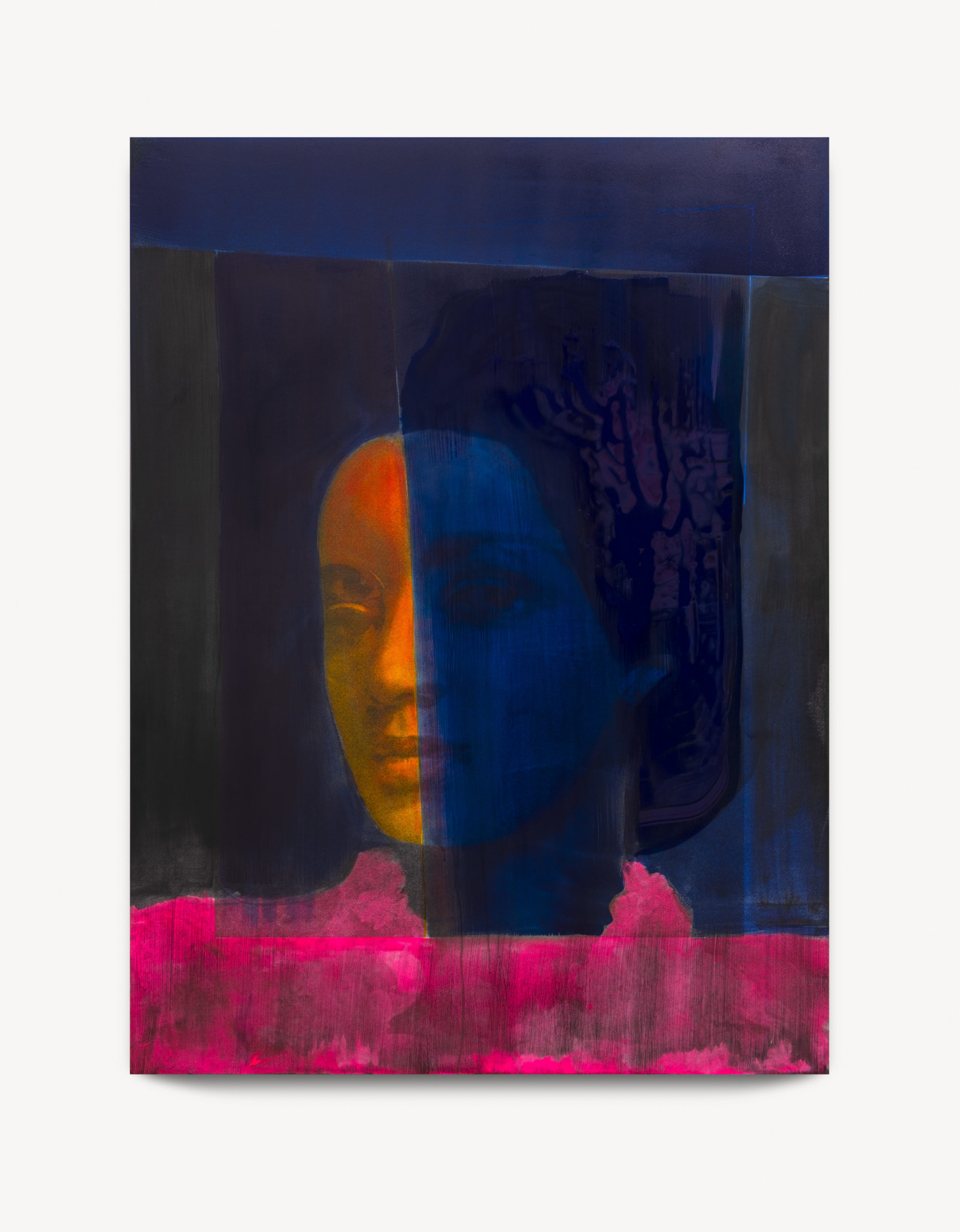
Lorna Simpson
Born in Brooklyn, Lorna Simpson came to prominence in the 1980s with her pioneering approach to conceptual photography. Simpson’s early work — particularly her striking juxtapositions of text and staged images — raised questions about the nature of representation, identity, gender, race and history that continue to drive the artist’s expanding and multi-disciplinary practice today. She deftly explores the medium’s umbilical relation to memory and history, both central themes within her work. For the third edition of the 2023 Reiffers Art Initiatives mentorship program, the American artist has decided to support the young Franco-Haitian artist Gaëlle Choisne, who will be the subject of an exhibition at Acacias Art Center during Paris+ by Art Basel.
Biography
Texts
"The Many Layers of Lorna Simpson" By Shirley Ngozi Nwangwa
— The New York Times, 2023
By the time Simpson moved back to New York in 1985, she was producing work that examined and pushed back against the stereotypes associated with Black women’s identities, including “Easy for Who to Say” (1989), in which each of five color Polaroids of a woman’s face is blocked out by an oval bearing one of the five vowels. Underneath “A” is the word “Amnesia,” under “E” is “Error,” followed by “Indifference,” “Omission” and “Uncivil.” “She,” a four-panel Polaroid work from 1992, similarly explores the gap between what is revealed and what is hidden, what is written and what is true, inviting the viewer to consider the creation of meaning; it shows the mouth, chin and body of a figure whose gender is uncertain but is seemingly proclaimed by the word “female,” which is mounted in cursive above the panels. Wearing an oversize suit, the subject oozes ambiguity and is smiling, almost defiantly, as if to say, “You can’t box me in.”
"Lorna Simpson: 1985–92" by Maddie Hampton
— The Brooklyn Rail, 2022
Brought together at Hauser & Wirth in the most comprehensive show since her 1992 survey at the Museum of Contemporary Art Chicago, her 1980s and 1990s photo work confirms Simpson’s place as an abiding aesthetic revolutionary. Seen in this way, the works in the exhibition betray a surety of the kind that can hone a habit and a viewpoint into a visual voice. With Gestures/Reenactments, Simpson’s MFA thesis from 1985, she interrupted the then-accepted standards for a viewer’s engagement with the photographic image. Six panels depict a Black man, his face cut from the frame as he takes different poses. Below, seven text panels describe fragmentary moments of the intimate and the public, the violent and the passive, the threatening and the benign. The mismatch between the number of photographs and number of text panels curtails the will to read these words as captions. Instead of illuminating, they identify limits: of language, comprehensibility, and of the photographic as documentary. Gently mocking the expectations of knowability set by portraiture and documentary imagery, the paired words and photographs evoke the opposite, calling up the incommunicable, the gestured at but uncapturable, and perhaps above all, the irreducible. There is a knowing here that cannot be wedged into an image, something that Simpson refuses to turn into an object of display."
"Lorna Simpson: 'There are days when I cry four times for an hour" by Tom Seymour
— Guardian, 2020
Lorna Simpson is holed up in Los Angeles with her actor daughter right now. She’s been spending lockdown doing one of her favourite things: reflecting on how people present themselves when out in public. All this people-watching has put her in mind of the 1990s, when she would go wig-hunting in Fulton Mall, a blue-collar shopping centre near her home in New York. “Shop after shop sold all sorts of wigs,” says the 59-year-old. “Human hair, yak hair, synthetic hair.” Simpson bought as many as she could, in every style she saw: from platinum-blonde “Lana Turner” wigs to fake afros and braids. She transferred photographs of each one on to panels of felt before hanging them alongside such seemingly disconnected phrases as: “First impressions are the most lasting.” The wigs were a “surrogate”, she says, a way to explore “the person we see ourselves to be”.
Simpson is now one of America’s most significant artists, yet she is not interested in creating brand new images. Instead, she recycles those that already exist, giving them new meaning in a new context. Give Me Some Moments, an online exhibition by Hauser & Wirth London, has just opened, showcasing Simpson’s fusion of found photography, collage, installation, video and, most recently, a dark and turbulent form of painting."
